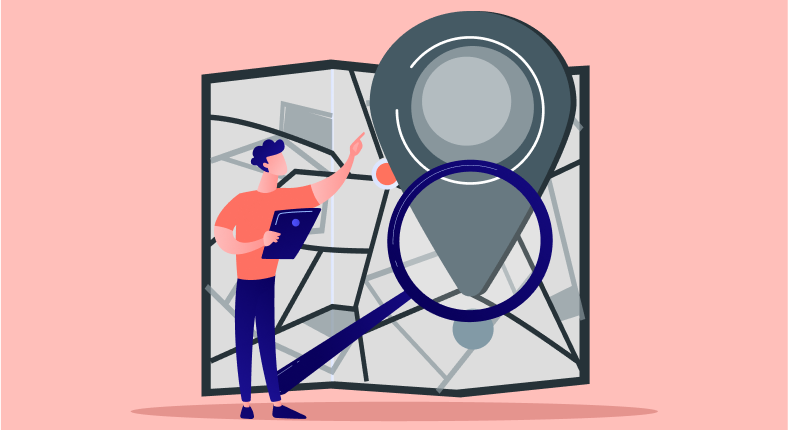A Guide to Deciding Which Website Events Must Be Tracked
Website events are a crucial part of tracking your site. Knowing which events to track can be complicated, but here's a website events guide to get you started.

Whether you're an e-commerce business or service provider, it's critical to track how users move through your website. It's important to have data to figure out how people are engaging and signing up, but it can be quite confusing when you're wondering which website events you should be tracking. The data that you have to collect can be a common source of confusion and one that doesn't have a single answer. The events you follow will depend on your business goals and objectives. In this guide, we'll walk you through the process of deciding which events to track. Continue reading to learn more.
1. Specify Questions
Before you start tracking anything, you need to have a clear understanding of what business goals you want to achieve. Once you know your goals, it will be much easier to determine which events will help you track progress towards those goals. To narrow down your objectives, ask certain questions. What are my website's most important conversion rate? What actions do I want users to take on my website? Which pages on my website are most important?

2. List Out Different Core Event Flows
A core event flow is a specific series of events to track to measure progress towards a business goal. For instance, if you have a business goal to increase sign-ups on your website, then a core event flow might be a page view, clicked CTA, and a completed sign-up form. Tracking how users interact with your website's content, such as video views, file downloads, social shares, and more, is also important in the event flow. Knowing this can help you understand what content type is most popular and engaging for your audience.
3. Identify Client-Side and Server-Side Events
There are two types of website events that you need to track, which are client-side and server- side. Client-side events are those that happen in the browser, such as a page view or a click on a button.
Meanwhile, server-side events happen on your website's server, such as when someone signs up for your newsletter or makes a purchase. Understanding the difference can help you understand what to prioritize when tracking website events.
4. Differentiate Clicks, Views, and Processes
Three main types of website events that are typically confused with one another are clicks, views, and processes. Clicks are actions that happen when someone clicks on a link or button. In contrast to that, views are actions that happen when someone views a page. Processes are those that occur when someone goes through a process on your website, such as making a purchase.
Track your website clicks by click tracking
5. Seek the Right Software Tools
There are plenty of software programs and tools out there that can help you track your website analytics. To know which software is the right one for you, assess a couple of factors, such as the size of your website and the amount of traffic it gets. Consider your business website's specific needs. What kind of data do you need to track? What kind of features do you need? Once you know what you need, it will be easier to find the right tool for the job.
6. Track Page and Button Actions
The most important things you need to track on your website are page views and button clicks. Tracking these can help you understand what people are doing on your site and how they're interacting with it. Some people might be wondering how to track specific page and button actions on a website, but it's quite important to recognize that there are a couple of ways to do so. Just find features that will allow you to track specific user interactions on your websites.

7. Monitor Who Completes the Process
Completion rates are important to monitor because they show you how many people are actually completing the process on your website. This is important to watch because it can help you improve your website and make it more user-friendly. There are several ways to track completion rates on your website. It's advisable to track how many people visit each page on your site and how long they stay there. Seeing what people are doing on your site and where they're clicking is also helpful.
Know what your visitors are doing on your website where they are clicking and how much time there is spending on a webpage with session replay software you can monitor the visitor behavior.
Conclusion
Website event tracking is an essential part of understanding how users interact with your site. By tracking events, you can gain valuable insights into what users are doing on your site, how they are using your site, and where they are struggling.
In need of action recording? SiteRecording is a website recording software by 500 apps built to analyze user behavior and optimize user experience and conversions. Try it today!
Why SiteRecording?
Join the SaaS Revolution
-
All-in-One Suite of 50 apps
-
Unbelievable pricing - â¹999/user
-
24/5 Chat, Phone and Email Support
Infinity Suite
Tags
